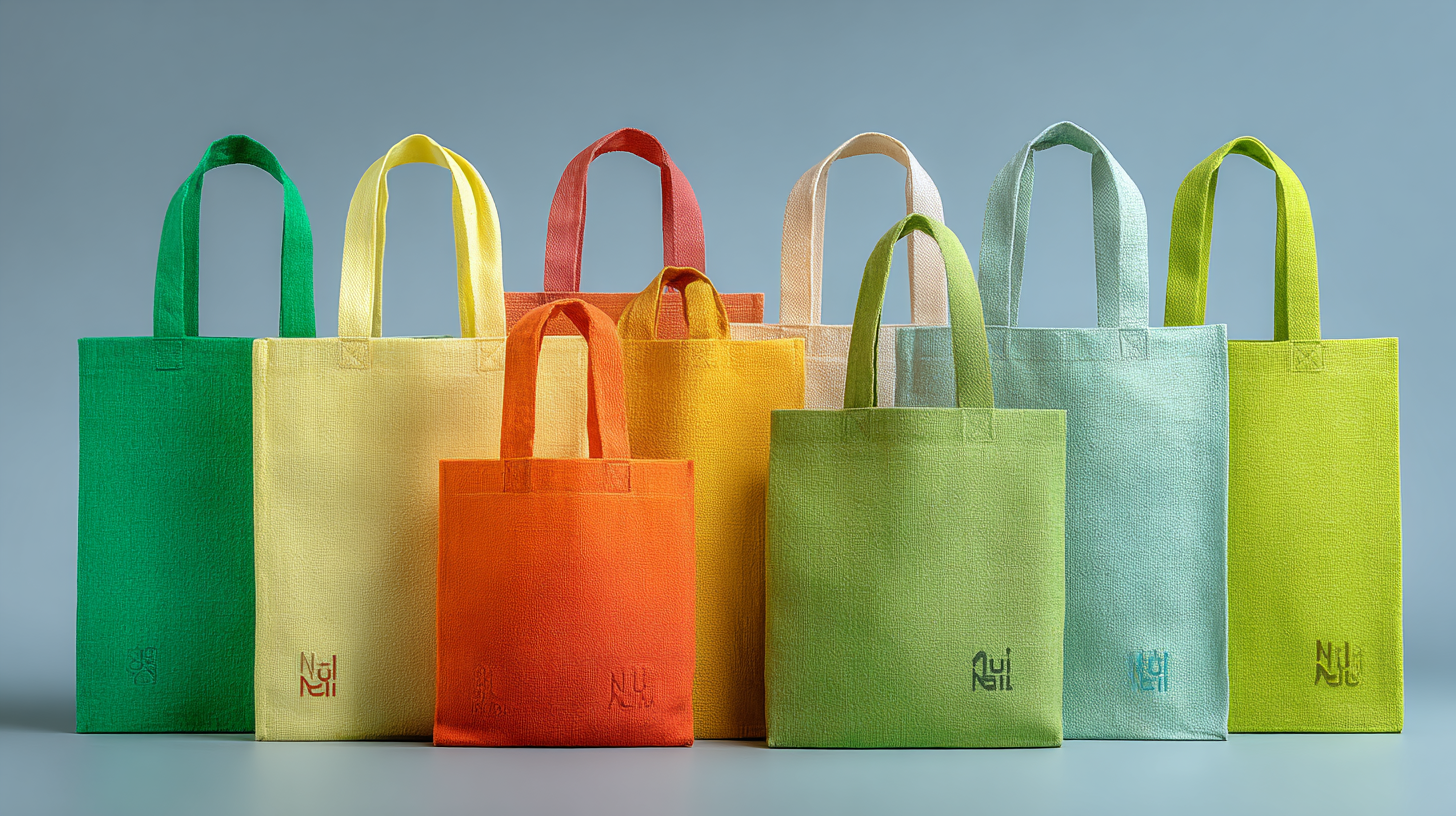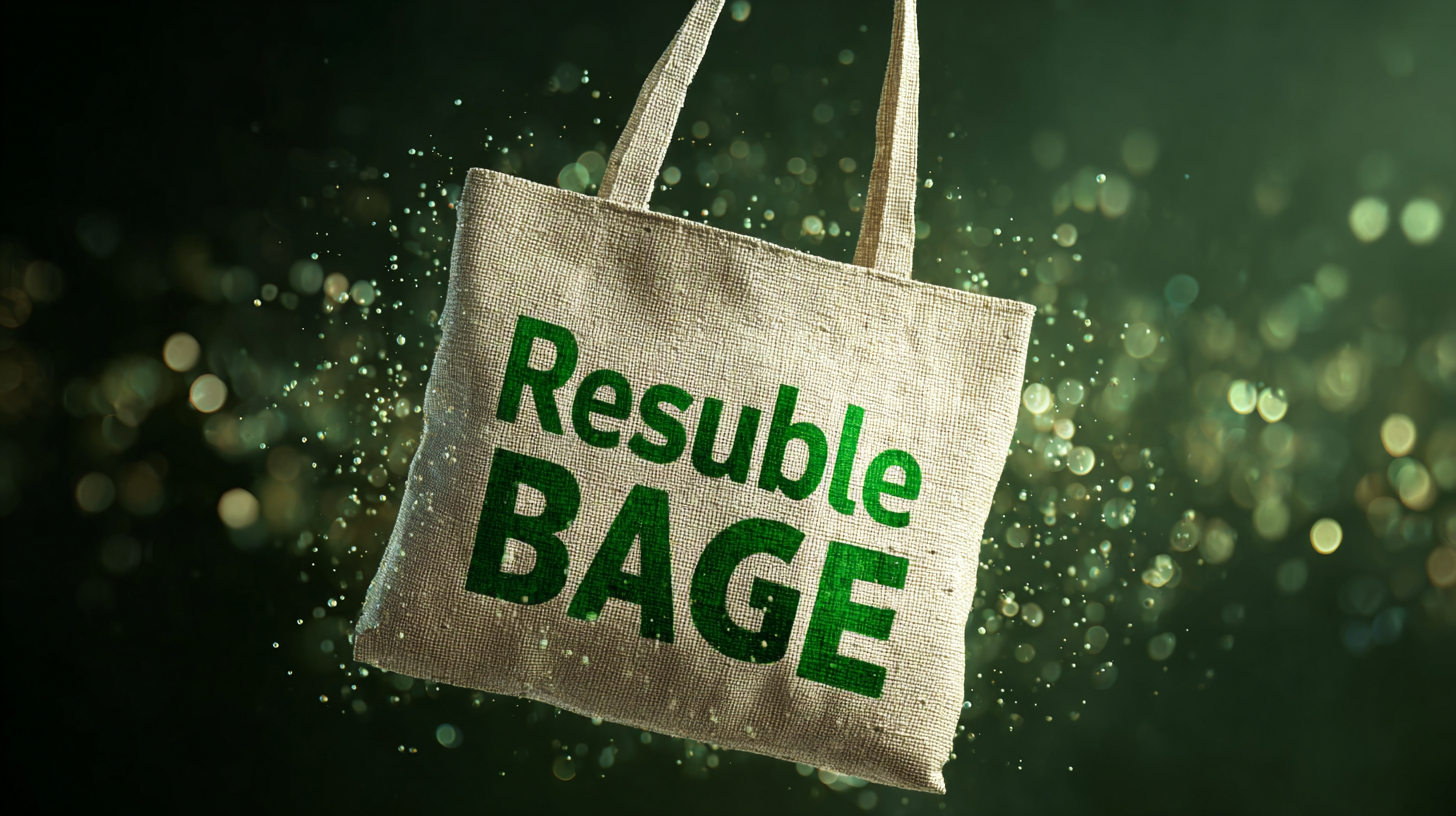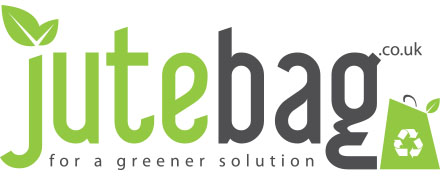How to Adapt Best Reusable Bags for 2025 Technological Innovations in Global Sourcing
As the world progresses toward a more sustainable future, the demand for Reusable Bags is expected to surge, driven by technological innovations and evolving consumer preferences. According to a report by Grand View Research, the global reusable bags market is projected to reach USD 25.5 billion by 2025, growing at a compound annual growth rate (CAGR) of 5.8%. This shift not only reflects a growing awareness of environmental issues but also highlights the critical role of quality manufacturing in China, known for its advanced production capabilities and global market leadership. With notable advancements in materials and sourcing strategies, businesses must adapt to these changes to meet consumer demands while maintaining quality and cost-effectiveness. This blog will explore how to optimize the adoption of reusable bags amidst the technological advancements and trends shaping 2025 and beyond.

Innovative Materials Driving the Future of Reusable Bags
As we move towards 2025, the reusable bag industry is poised for transformative innovation driven by sustainable materials and advanced technologies. A recent report projects the tote bags market will grow by USD 9.19 billion between 2024 and 2028, reflecting a rising consumer demand for eco-friendly solutions in everyday use. This growth is spurred by companies investing significantly in developing new packaging materials that not only enhance product lifecycles but also minimize environmental impact.
Innovative materials are at the forefront of this transformation. For instance, many entrepreneurs are embracing recycled content, such as feed bags repurposed into stylish tote bags, aligning with the consumer trend towards sustainability. The shift in consumer preferences is evident as businesses are integrating reusable food packaging options that prioritize both functionality and eco-friendliness. Additionally, legislative actions, like the latest bans on single-use plastic at retail outlets, are reinforcing the move towards sustainable alternatives, compelling brands to adapt to a more environmentally conscious market.
The future of reusable bags is bright, characterized by a blend of practicality and innovation, setting a precedent for responsible consumption.
The Role of Smart Technology in Enhancing Reusable Bag Efficiency
As we approach 2025, the evolution of smart technology is poised to revolutionize the reusable bag industry. According to a recent report by MarketsandMarkets, the global reusable bags market is projected to reach $16.5 billion by 2025, growing at a CAGR of 8.4%. This growth is driven by consumer demand for sustainable options and the integration of innovation in sourcing and manufacturing processes. Smart technology, such as RFID tags and QR codes, can enhance the tracking and lifecycle management of reusable bags, making them more efficient and user-friendly for both consumers and businesses.

To maximize the benefits of these innovations, manufacturers should consider implementing smart features that not only track usage but also provide data on bag durability and recycling opportunities. By leveraging technology, companies can gather insights on consumer behavior, better manage inventory, and reduce waste.
Tip: Integrate QR codes into bag designs that link to information about the bag's materials and recycling instructions, educating consumers on its sustainable journey.
Tip: Use RFID technology to facilitate easier inventory management, allowing companies to monitor stock levels in real-time and minimize overproduction.
As smart technology continues to evolve, the reusable bag industry will likely see increased efficiency and engagement from consumers, leading to a more sustainable future.
Sustainability Trends Influencing Global Sourcing Strategies
As we approach 2025, sustainability is becoming a cornerstone of global sourcing strategies. Companies are increasingly aware of the importance of incorporating environmentally friendly practices into their supply chains. The recent consumer study covering ten leading economies reveals a strong inclination towards brands that prioritize sustainability, pushing procurement leaders to rethink their strategies. This trend is not only about ethical responsibilities but also a response to consumer demands that favor transparency and eco-conscious choices.
Technological innovations are set to play a pivotal role in shaping these sustainability trends. Smart logistics, artificial intelligence, and data analytics are transforming how businesses approach sourcing. These technologies facilitate better tracking of sustainable materials, reduce waste, and optimize logistics to minimize carbon footprints. With global sourcing becoming more complex due to geopolitical tensions and economic factors, the integration of technology will be crucial in enhancing the resilience of supply chains while aligning with sustainability goals. As companies prepare for these shifts, it will be indispensable to blend innovation with eco-friendly practices to stay competitive in the evolving market landscape.
How to Adapt Best Reusable Bags for 2025 Technological Innovations in Global Sourcing - Sustainability Trends Influencing Global Sourcing Strategies
| Dimension | Data Point | Impact on Global Sourcing | Sustainability Aspect |
|---|---|---|---|
| Material Innovation | Biodegradable Polymers | Reduces dependency on petroleum-based materials | High |
| Manufacturing Process | Waterless Dyeing Technology | Circumvents water use in production | Medium |
| Supply Chain Transparency | Blockchain Tracking Systems | Enhances traceability of materials | High |
| Consumer Preference | Eco-friendly Designs | Increases demand for sustainable options | High |
| End-of-Life Solutions | Recycling Programs | Encourages responsible disposal | Medium |
China's Manufacturing Excellence: A Key Player in Global Reusable Bag Market
China has long positioned itself as a powerhouse in the manufacturing sector, and this dominance is evident in the reusable bag market. According to a report by Research and Markets, the global reusable bag market is projected to reach by 2025, driven largely by rising environmental concerns and government regulations aimed at reducing single-use plastics. As of 2023, China's contribution to this market stood at an impressive 55%, showcasing its role as a critical supplier in the global supply chain for reusable bags.

One of the primary reasons for China's manufacturing excellence in this field is its advanced production capabilities and cost-effectiveness. The country benefits from a robust infrastructure, skilled labor, and the ability to produce high volumes at competitive prices. Furthermore, a study by Mordor Intelligence highlights that the growing trend of eco-friendly packaging and consumer awareness about sustainability are propelling Chinese manufacturers to innovate and enhance the quality of their reusable bags. As technologies such as automation and smart manufacturing continue to evolve, China's capability to adapt to these innovations will further solidify its key role in the global reusable bag market, positioning it to meet the demands of 2025 and beyond.
Consumer Preferences: Adapting Reusable Bags for Modern Lifestyles
In recent years, consumer preferences have shifted significantly, prompting businesses to adapt their reusable bag offerings to meet modern lifestyles. A substantial factor driving this change is the rise of the eco-conscious consumer, accelerated by the pandemic, which heightened awareness of environmental issues. According to the McKinsey State of the Consumer report for 2025, sustainable practices and products are no longer optional; they are becoming essential for consumer loyalty. Retailers now have an opportunity to engage with their customers by integrating incentives, such as discounts for using reusable bags or loyalty points for recycling efforts, thereby promoting greener shopping habits.
Moreover, the global handbag market is projected to reach approximately USD 124.10 billion by 2030, with a compound annual growth rate of 6.8% from 2023 to 2030. This trend indicates a growing acceptance of reusable bags as fashionable accessories rather than merely functional items. The evolution of the tote bag—from a utilitarian object to a symbol of style—highlights the necessity for brands to innovate their designs and functionalities to align with consumer expectations. As we head towards 2025, incorporating advanced materials and sustainable production practices will be critical in satisfying the modern consumer's desire for both style and sustainability in their reusable bags.
